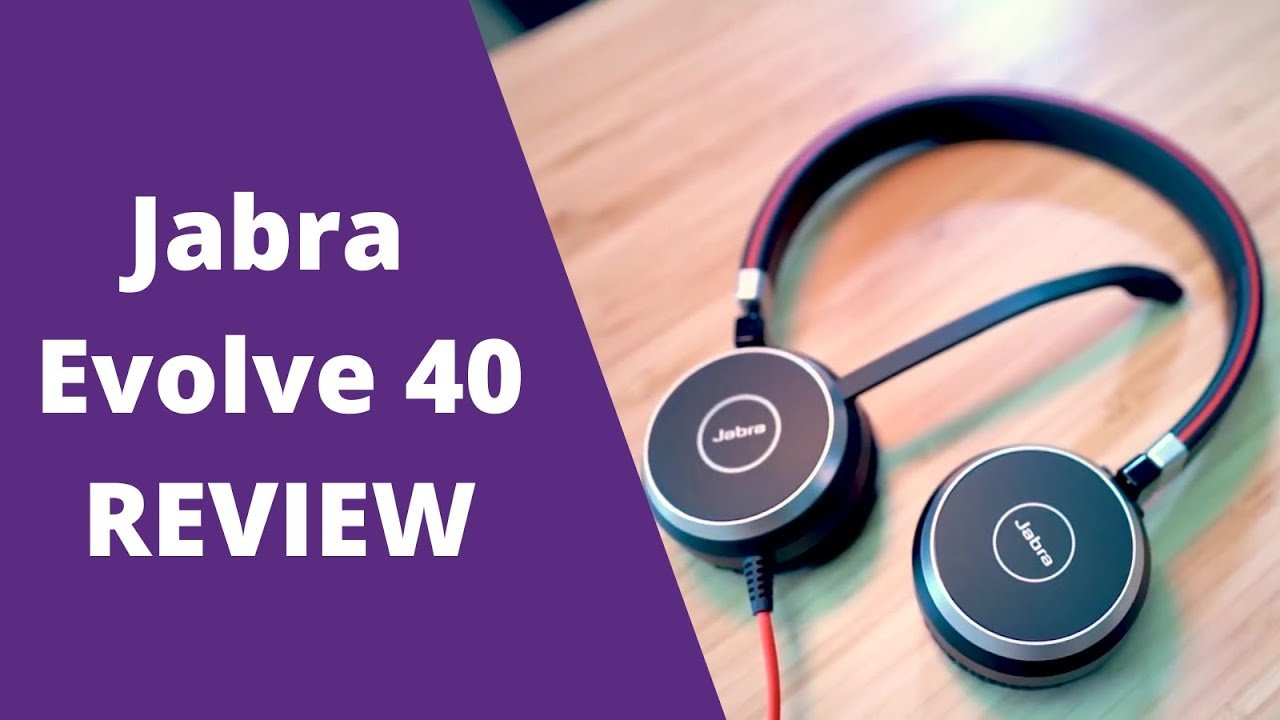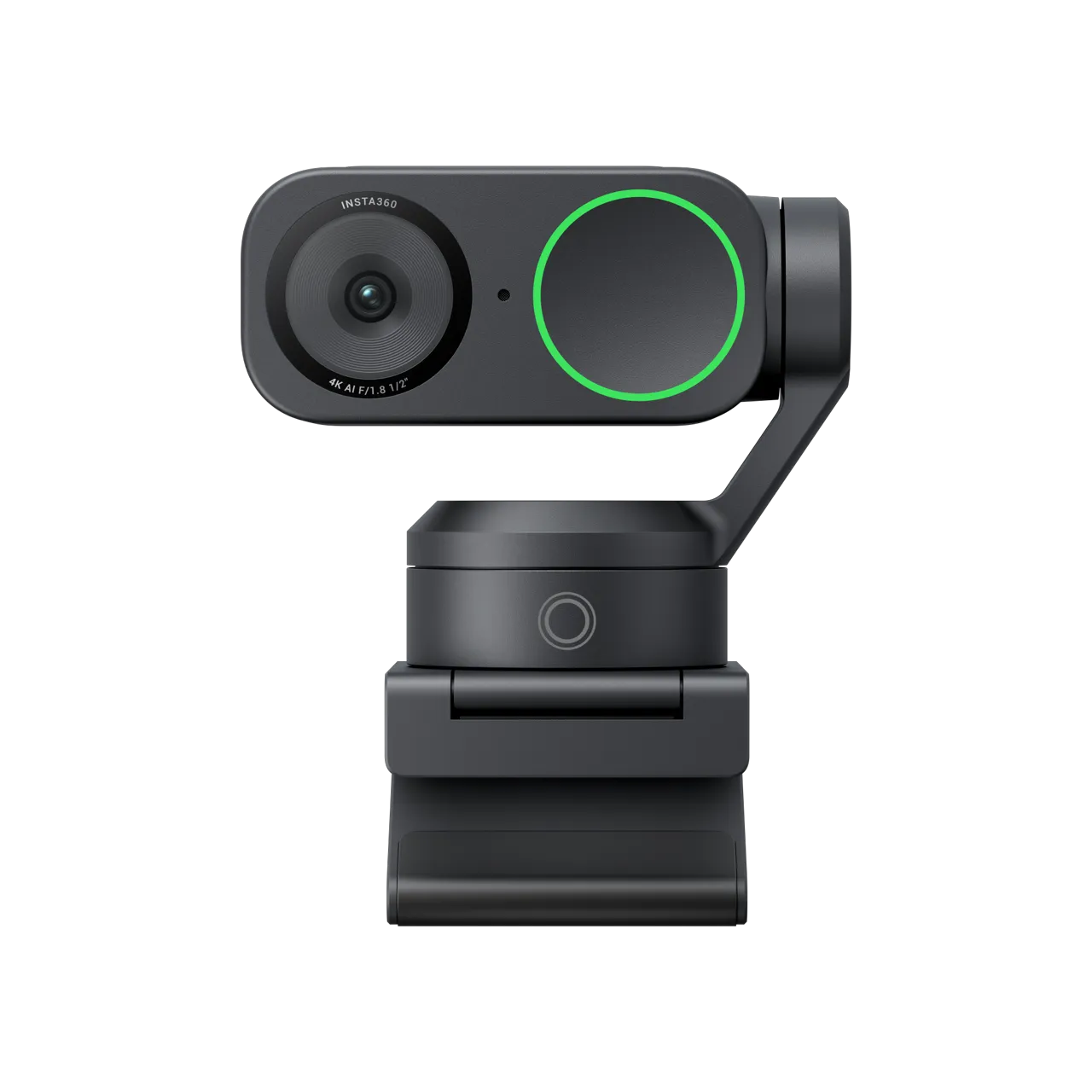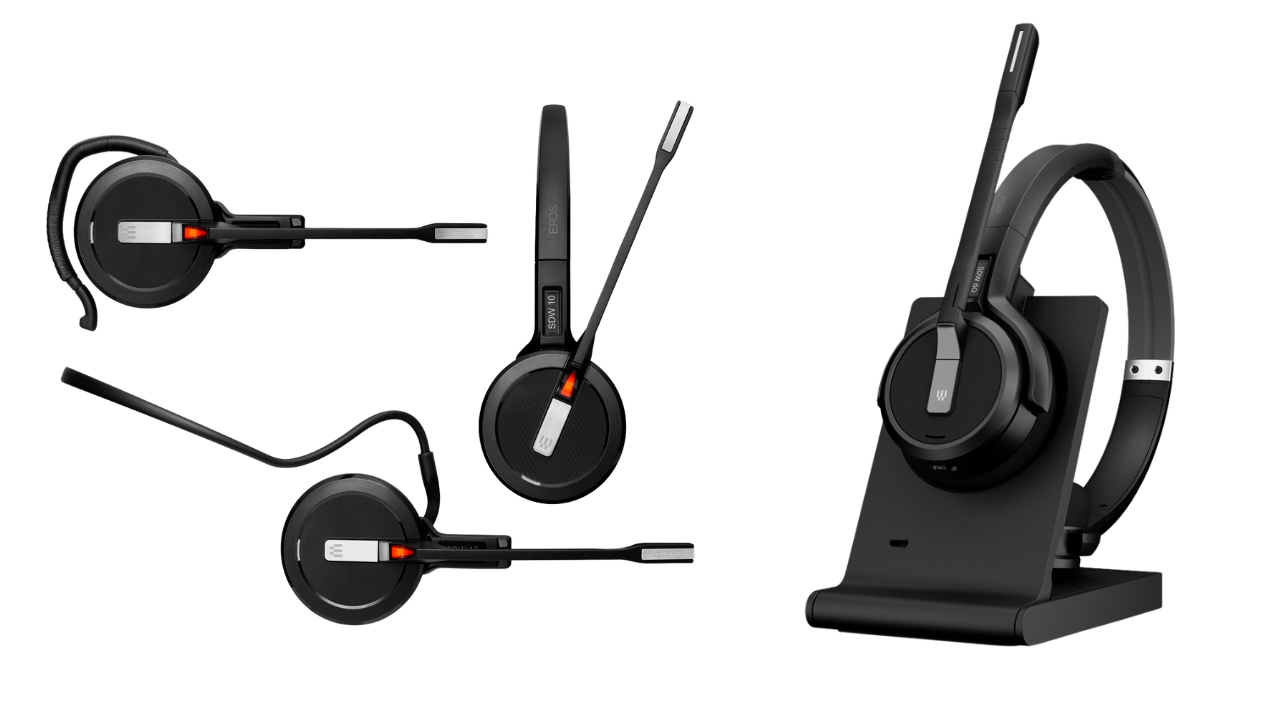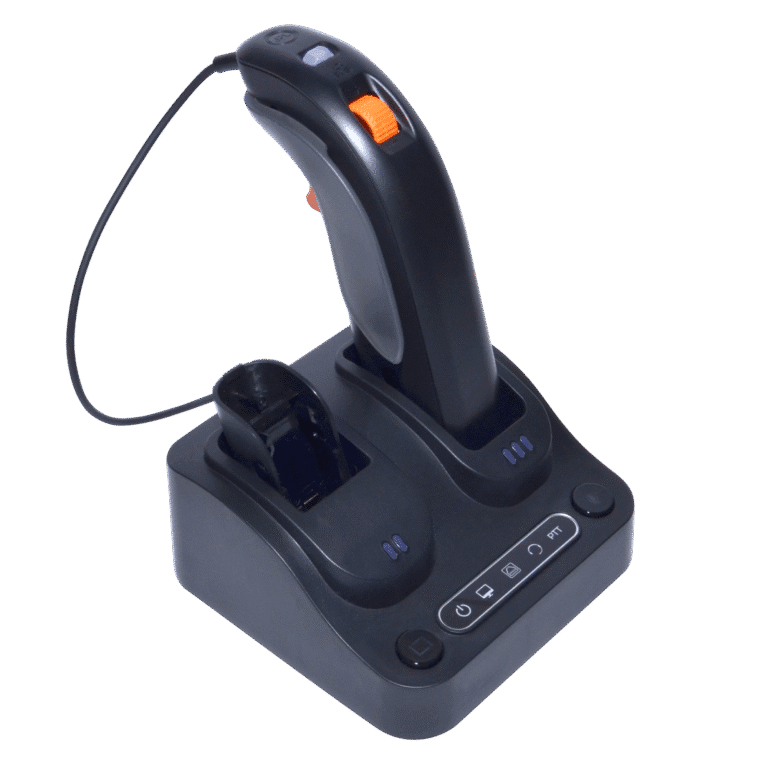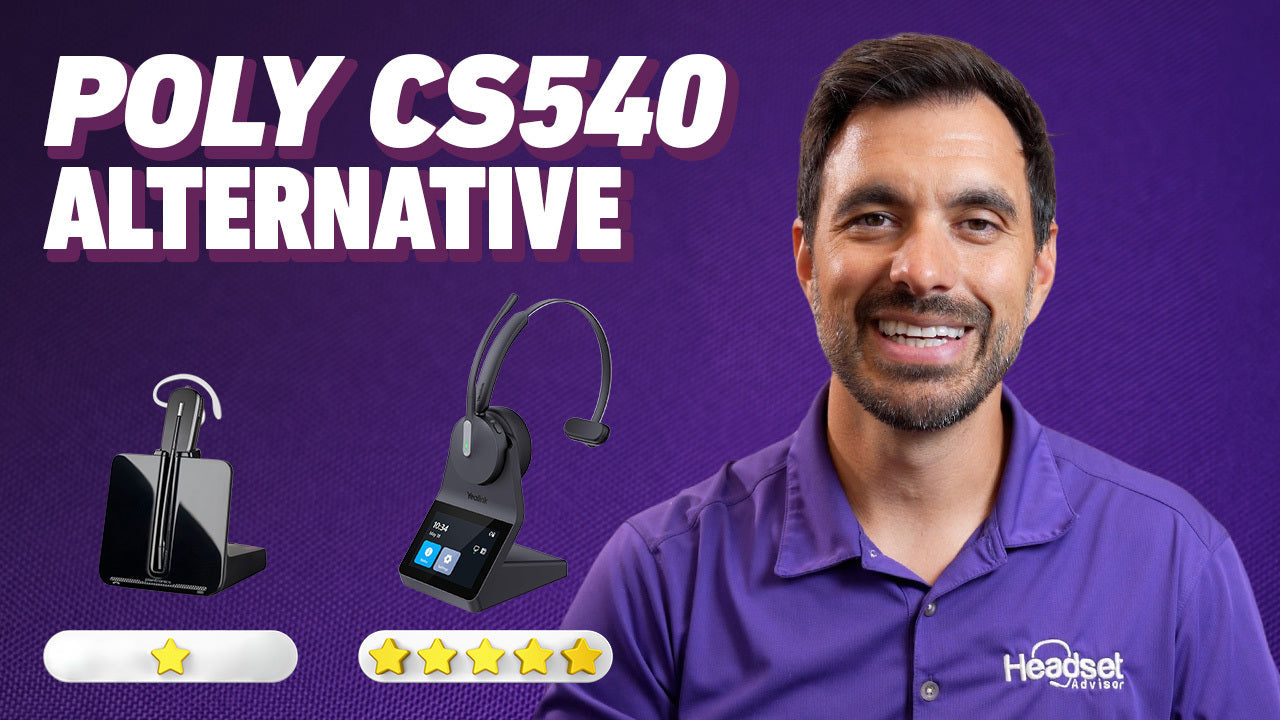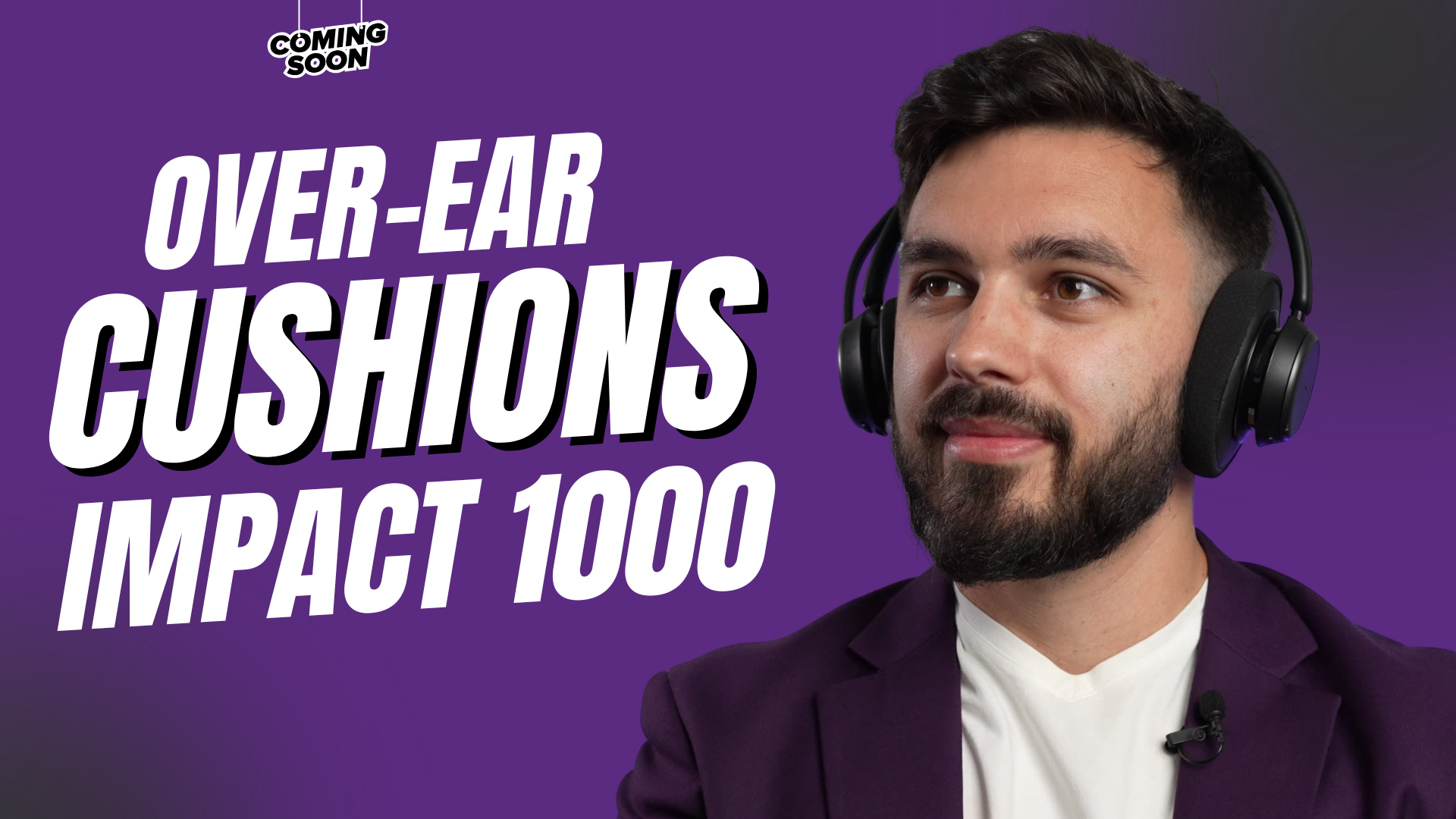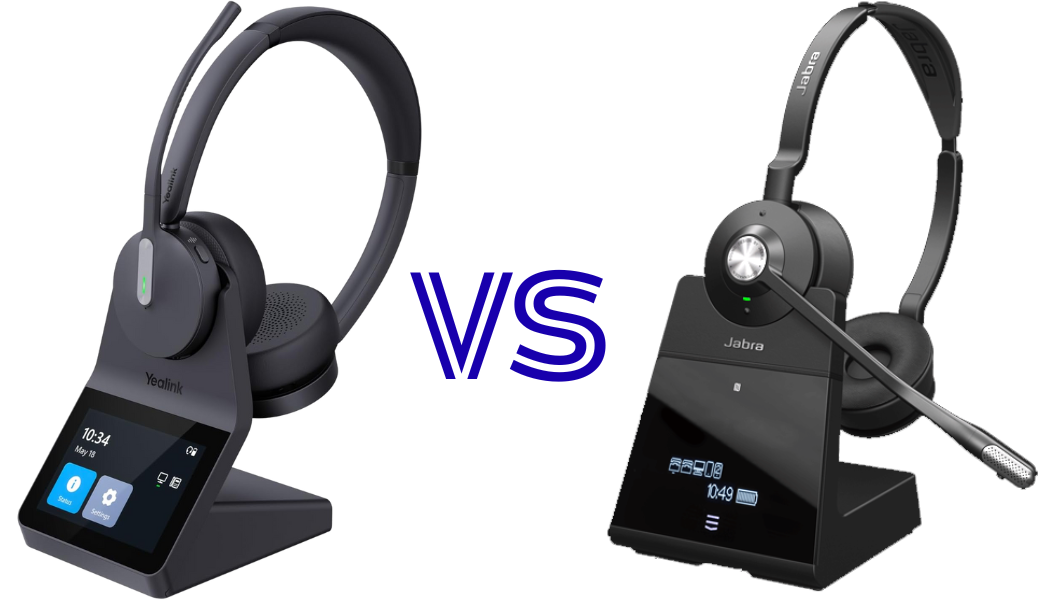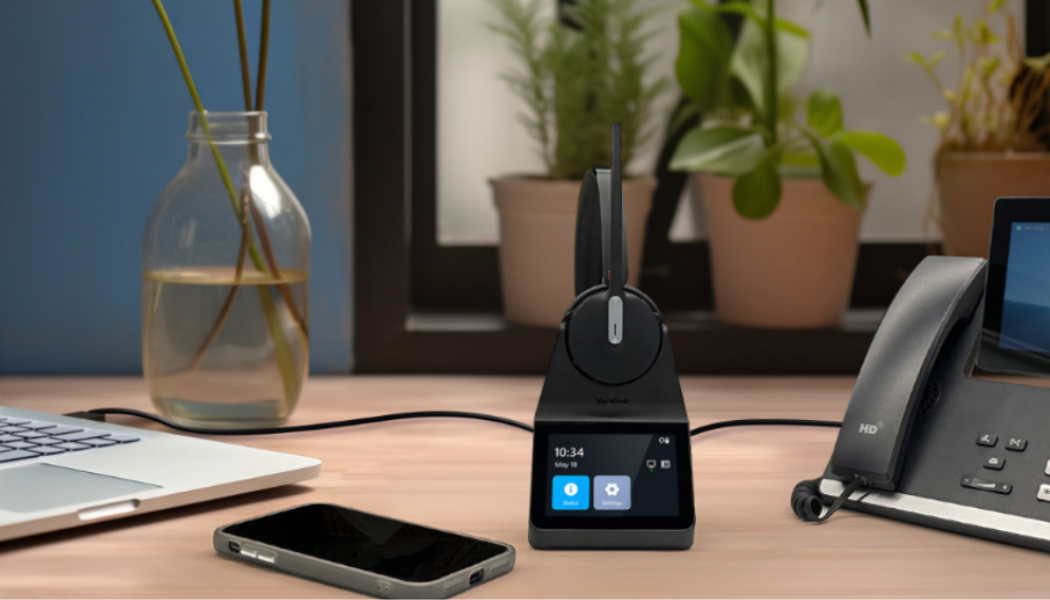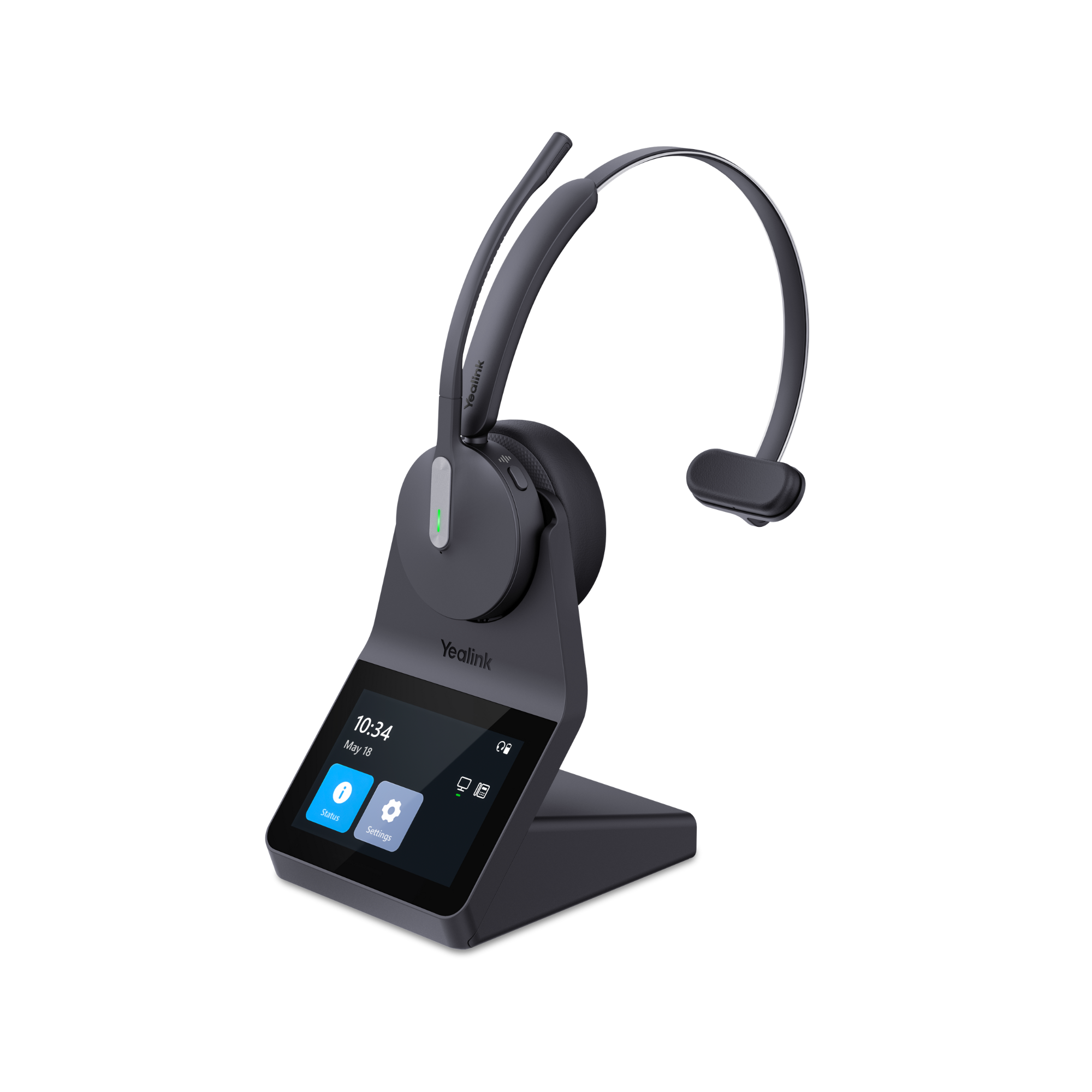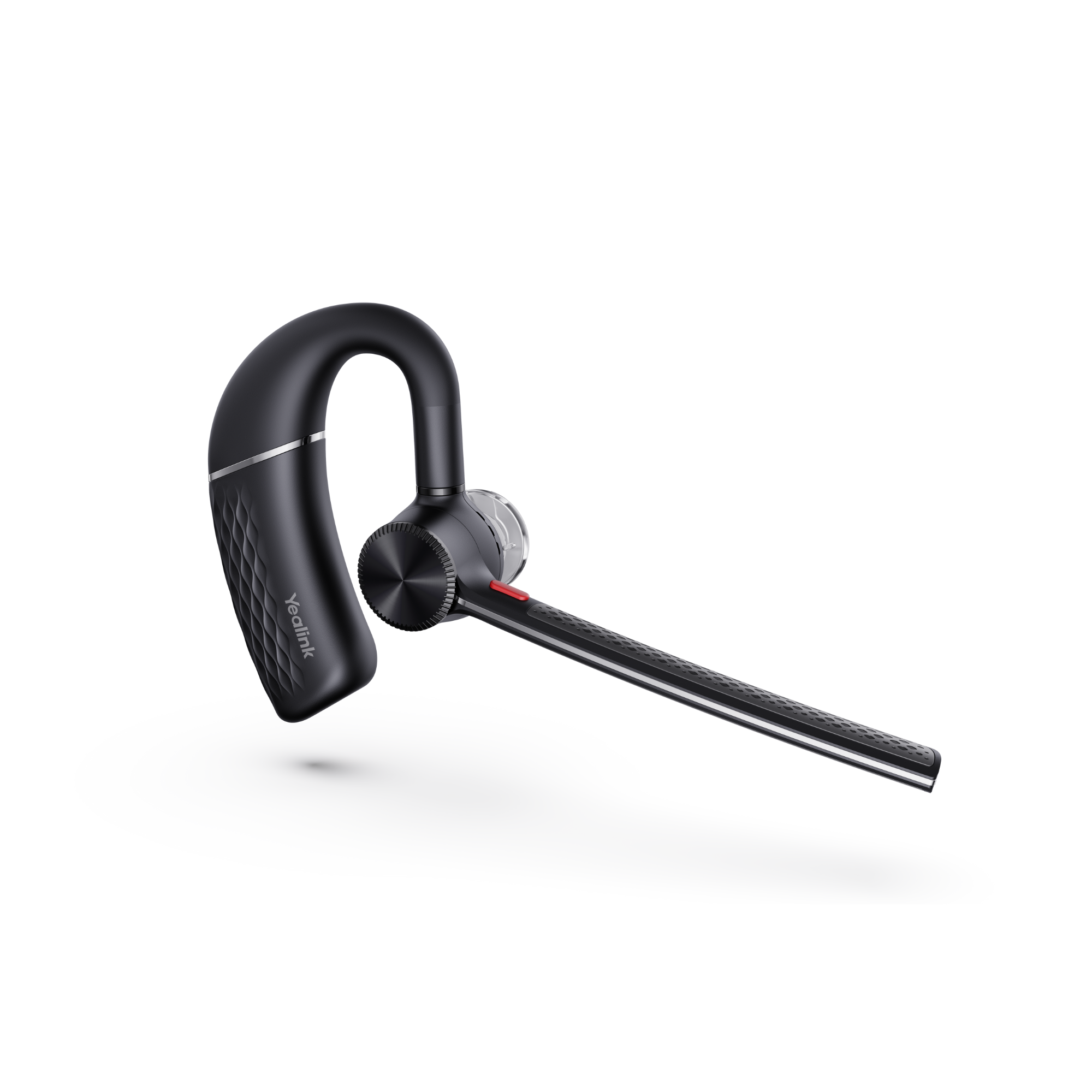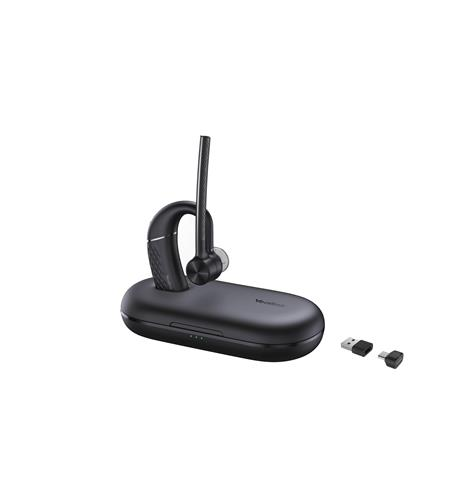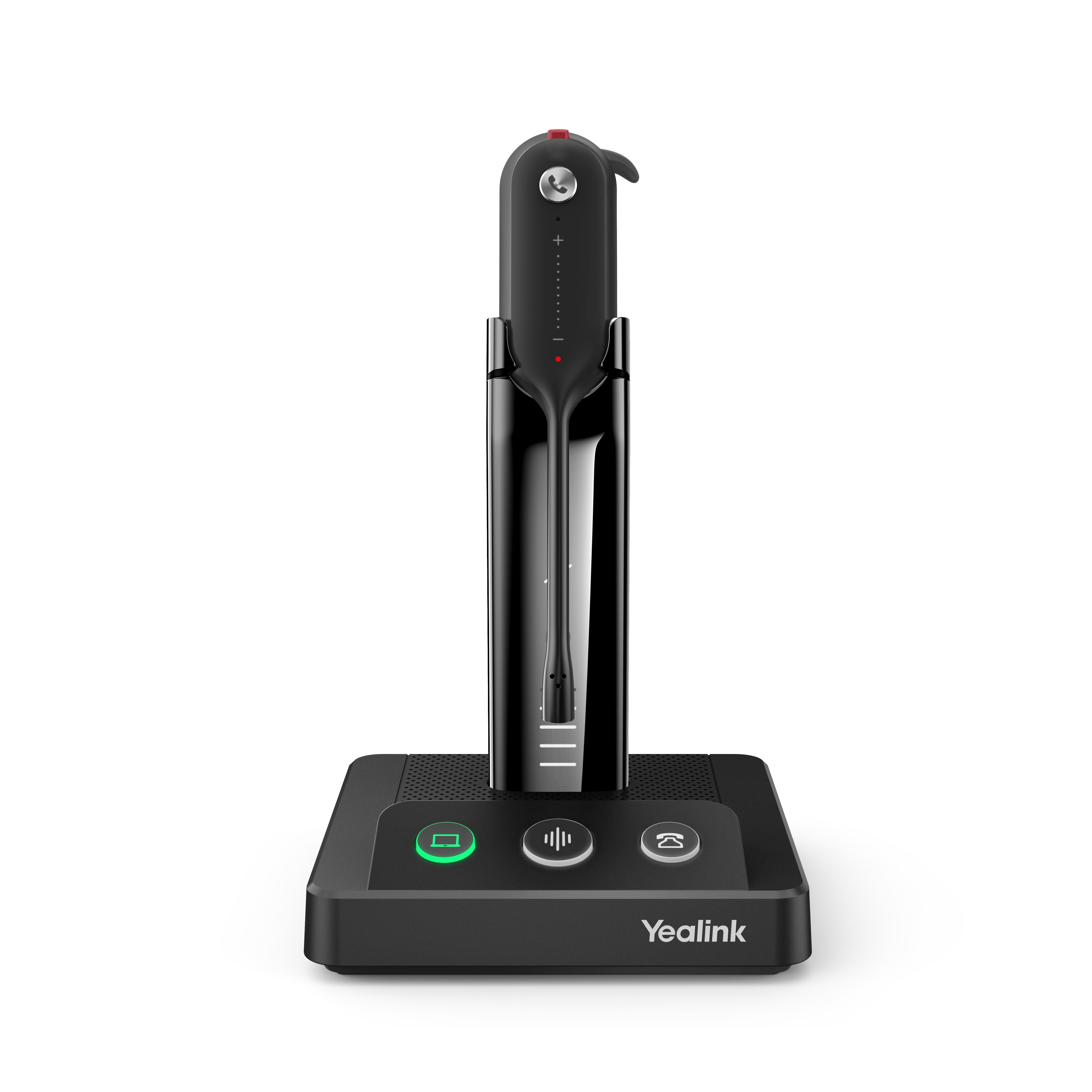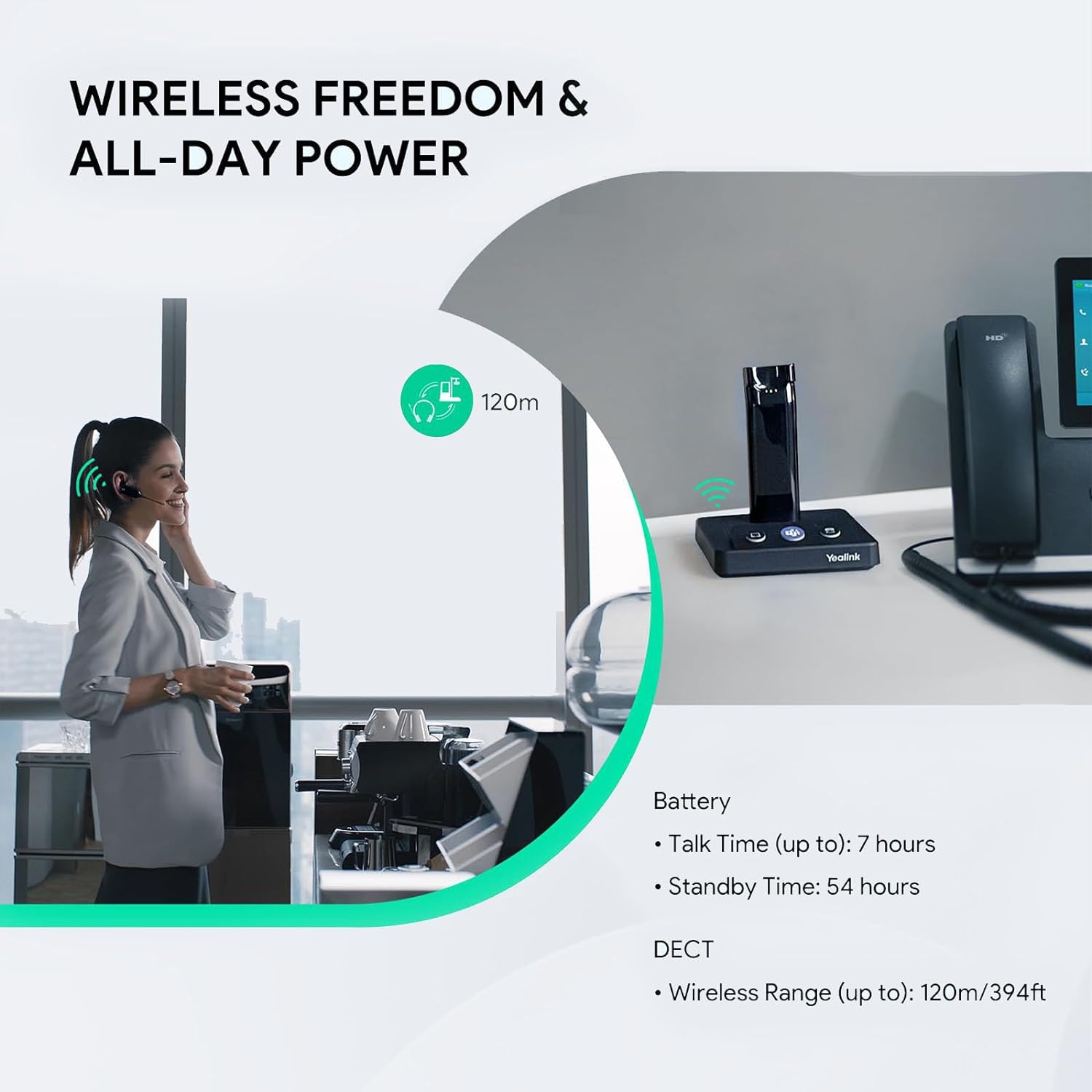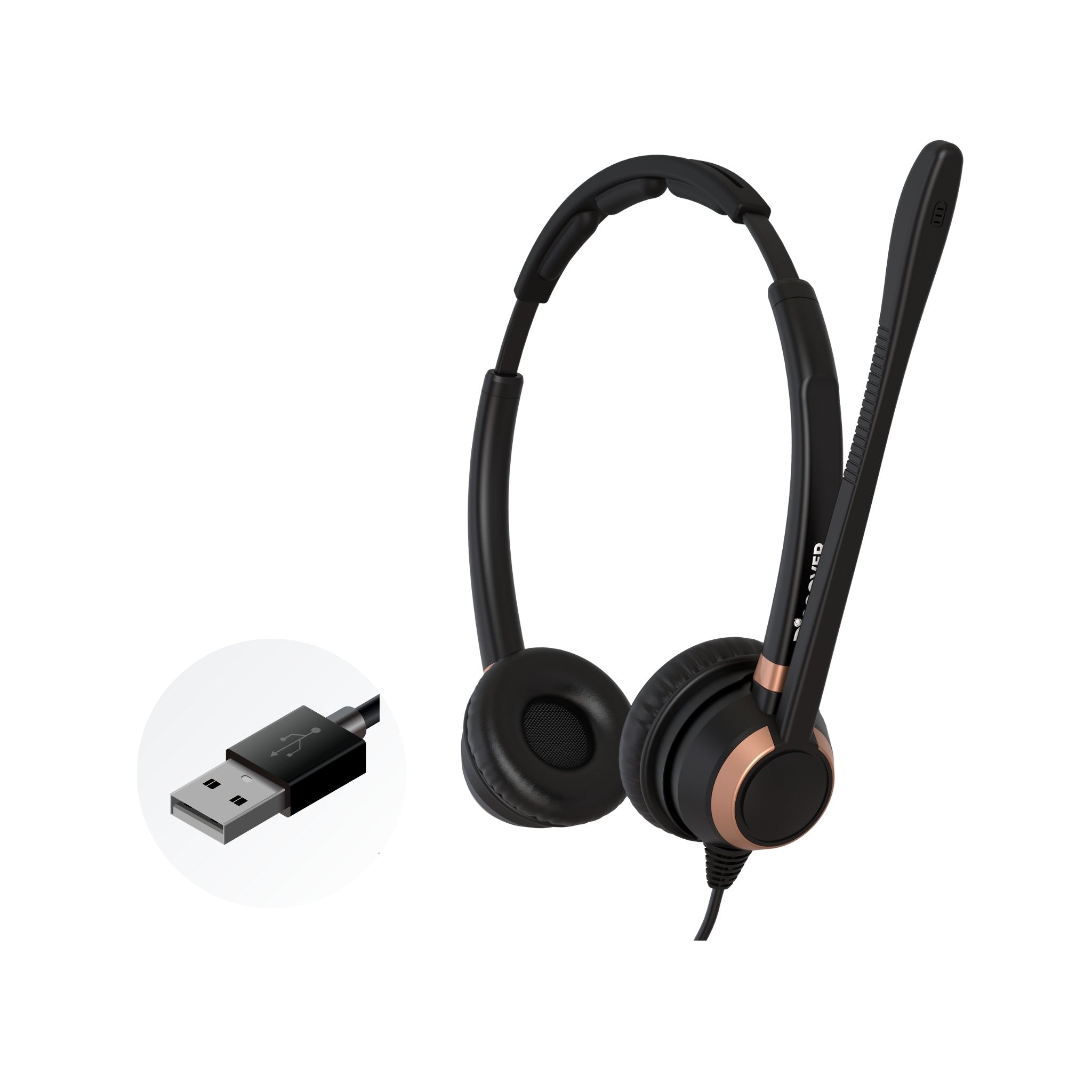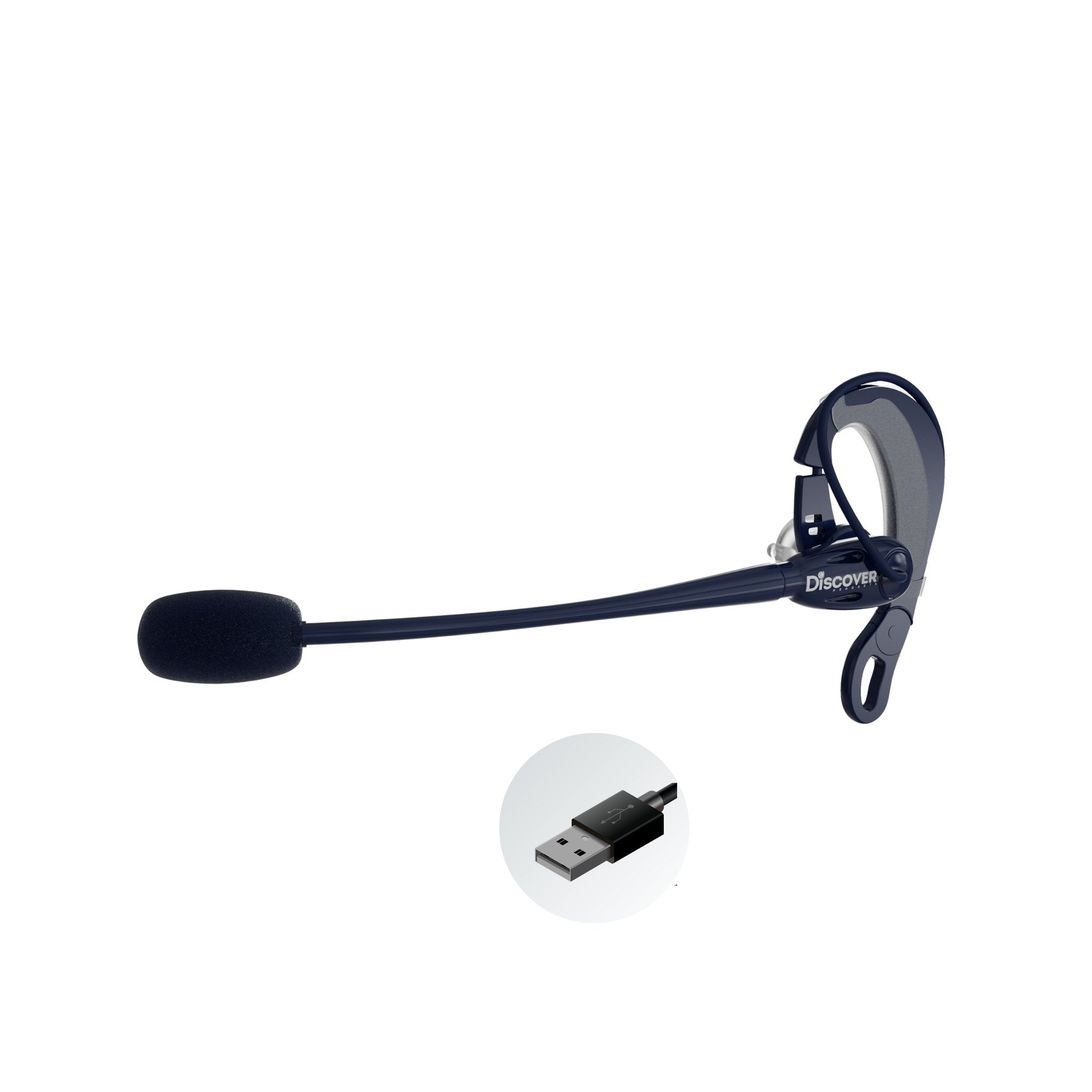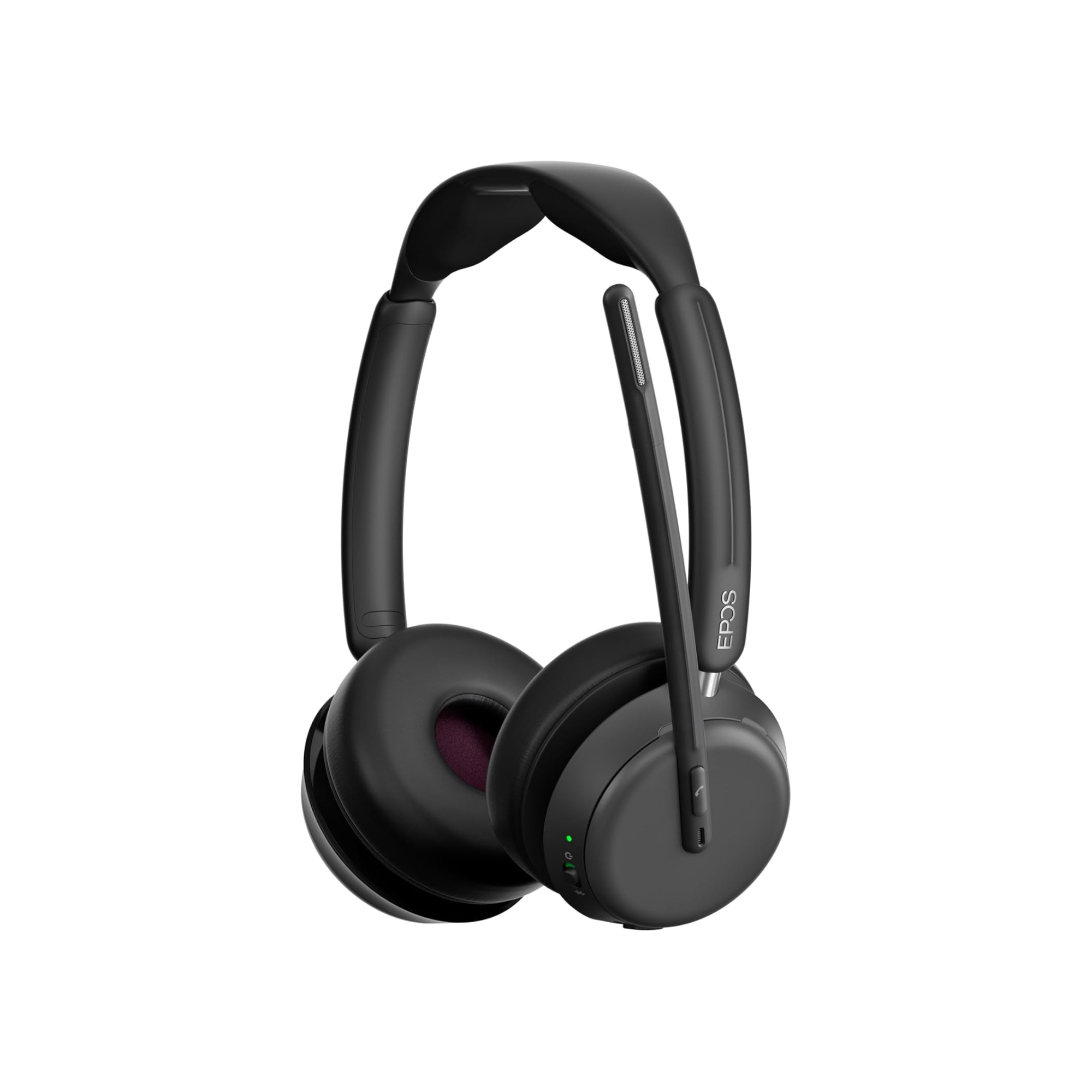If you, or someone you know is in the market for a wired computer headset, you’ll have no shortage of makes and models to choose from. At times, it can seem like a daunting task to sort through all the available choices, especially when comparing different Jabra headsets like the Talk 65.
Though it’s helpful to read reviews, it can be beneficial to watch a video that not only shows the product, provides opinions and maybe best of all, conducts a microphone sound test.
We all want to sound good on our calls, so having a video that can provide you with information on how it sounds, that’s truly helpful. If this sounds like something you’d care to watch, you can view a video we made that reviews the Jabra Evolve 40.
Up front, the Jabra Evolve 40 is a professional quality office wired headset that has some excellent features for a fair and reasonable price. In this blog, we’ll highlight some of these features that will hopefully help you know more about this double ear wired computer headset.
To get started, let’s start with connectivity.
Connectivity.
USB
The Jabra Evolve 40 has the ability to connect to a computer via a USB A connector. So if you’re using Microsoft Teams, Zoom for your video conferencing, or maybe RingCentral for your Softphone, the Jabra Evolve 40 will seamlessly connect and have you communicating quickly.
3.5mm
The Jabra Evolve 40 also connects to other devices via the 3.5mm pin connector. If you use a smartphone that has a 3.5mm receptacle, or maybe you want to use it with an iPad, the Evolve 40 can connect. Having the ability to connect to a computer via USB as well as by a 3.5mm connector gives you a lot of ways to use your headset.
How does one headset connect in two ways? Good question.
You see, the Jabra Evolve 40 utilizes a small round disk that has controls on it. Controls like volume up, volume down, microphone mute and call control. From this disk a USB connector is hard wired.
The end of the Evolve 40 cable is where you’ll find the 3.5mm pin connector. This 3.5mm pin connector plugs into the round disk.
When you no longer need USB connectivity, simply unplug the 3.5mm pin plug from the disk, and you can now plug it into another device having a 3.5mm female receptacle. This is a nice feature and far more versatile than USB alone.
Comfort.

Headband.
The Jabra Evolve 40 headband is padded, but when comparing other models, Jabra headset models like the Talk 65 also offer notable comfort features. This is more comfortable when compared to non-padded headbands where a metal band presses on the top of the head. Though other headsets might have more padding on the headband, there’s a sufficient amount of padding to help make this headset more comfortable over others.
Ear Cushions.
The ear cushions are reasonably well padded and generally soft enough. However, wearing the headset for long periods might end up being less comfortable than desired. The ear speakers are designed in such a way that they angle inward. This angled design tends to push on your ears which can be uncomfortable.
Weight.
The weight of the Evolve 40 is 6 ounces. That puts this headset in the middle of the pack in terms of weight. Some models are heavier while others are a little lighter. In this sense, this could be splitting hairs a bit, but overall, the weight of the Evolve 40 makes it light enough to wear all day.
Sound

Microphone.
The microphone on the Jabra Evolve 40 is noise cancelling, similar to comparing Jabra headsets known for their noise-canceling features. This is standard on most all models today. After all, nobody wants their callers to hear a lot of noise coming from your office or home office, right? So, a headset with a noise cancelling microphone is a big part of the solution.
The Jabra Evolve 40 microphone does a good job to pick up the voice, and it also does a decent job of eliminating unwanted background noise. Both are important. The Evolve 40 was solid, though not the best we’ve tested, but certainly very acceptable for working in a professional business environment.
Microphone Boom.
The microphone boom arm adjusts. Not as freely as some models, but adequate enough to allow for the needed adjustments. Having the microphone placed properly helps to keep you sounding loud and clear. If the microphone gets out of the proper position, you can sound faint, distorted, or even not heard at all. Having
the ability to position the microphone where it’s right for you is important. An adjustment that’s right for one person, may not be the right one for you.
Ear cushions.
The size of the ear cushions are average. Some brands have ear cushions that are notably larger, while others may have ear cushions that are smaller.
In general, the larger the ear cushion, the more ambient room noise will be filtered out. Being the Jabra Evolve 40 doesn’t have Active Noise Cancellation (ANC), puts it in the category of dealing with room noise in a passive manner. That is, filtering noise without the aid of electronics.
From that perspective, the Jabra Evolve 40 does a fair job of passively removing room noise. Not the best, but not the worst either. And as noted earlier, the cushions, for wearing for long hours, could be enhanced to improve the long term comfort experience.
Wideband Audio.
The Jabra Evolve 40 supports wideband audio. With this ability, you can experience a deeper, richer sound. Not all office wired headsets support wideband, so this is another premium feature.
Compare the Evolve 40 vs The Evolve 80
When considering a new headset, it's always a good idea to see how it compares with others to make the best decision.
Miscellaneous
Magnetic microphone stowing.
When the microphone isn’t needed, such as when listening to music, it can be stowed alongside the headband. There’s a magnet that helps to hold the boom against the headband. In theory this is a very clever idea.
In reality, the magnet isn’t stout enough to hold the boom arm in place. It routinely pops off and away from the headband. A stronger magnet would surely resolve this problem. Still, when it does come detached, it’s still out of the way, so it’s really not that big of a deal.
Jabra intelligent call transfer (JICT).
This is a feature that allows you to transfer your calls from Microsoft Teams to your Smartphone. This helps to keep you connected, even when on the go.
Built in Busy Light.
The Jabra Evolve 40 has a built-in busy light that turns on when you go live on a call. This light is located on the side of the headset. One light for single ear models, and two lights for dual ears.
This light alerts those around you that you’re on a call and not to interrupt you. Though interruptions while on a headset are common, having a busy light can help to keep them to a minimum if not eliminate them entirely.
The busy light can also be activated manually. This is handy for those times when you need to work on something and don’t want to be interrupted. This is a premium feature on this priced less than premium office wired headset.
Warranty.
The Evolve 40 comes with a 2-year warranty.
Conclusion.
If a middle of the road price for an above middle of the road office wired USB headset is what you’re after, then the Jabra Evolve 40 is a great product to consider.
You get premium features, a 2-year warranty and a wired office headset that can connect to a variety of devices. A great choice for your Softphone calls, video meetings or just listening to some music.
You won’t break the bank getting this model, but if you do, you’ll have an office wired headset that’s a great value and should give you years of faithful service.
Without a doubt, the Jabra Evolve 40 is a good overall value, but comparing it to other other Jabra headsets, like the Talk 65, can help you make an informed decision.

